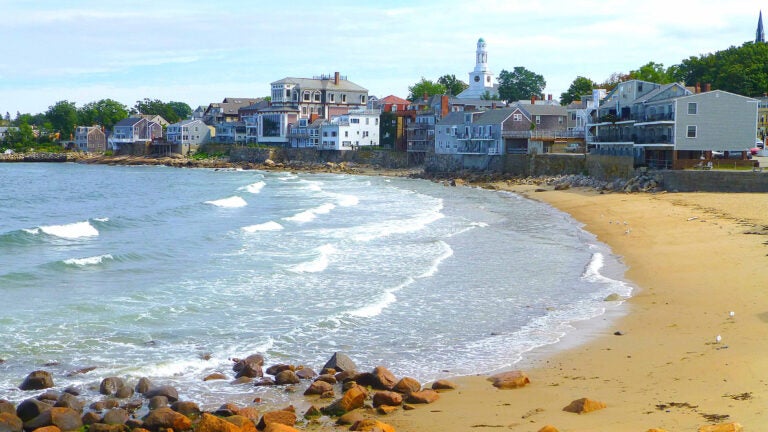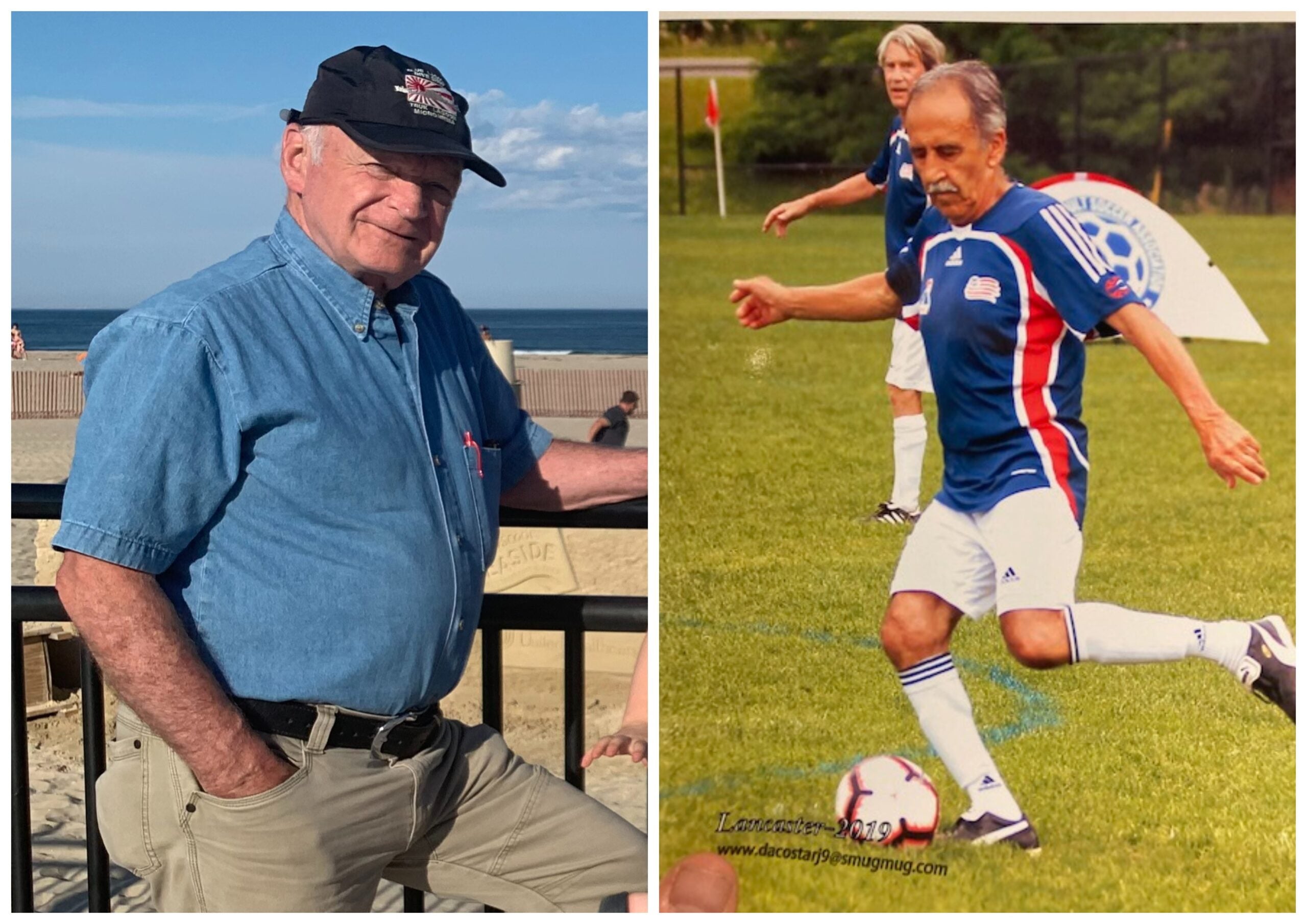Deaths of two divers have Cape Ann scuba community asking questions
The Boston Globe
Authorities have yet to announce how two experienced divers died on an easy test dive last week.

Richard Brady and Alan Leao were known as skilled divers who were familiar with the coast of Cape Ann. So their deaths earlier this month have touched off not just grief, but bewilderment: How could both men have perished on an easy dive just off a shallow beach in Rockport?
Brady, 78, of Hampton, N.H., and Leao, 75, of Pepperell, died Oct. 4 during a routine dive in a spot whose relative ease has made it a favorite of scuba shops taking beginners on their first dives in the ocean. According to Brady’s daughter, the two men were testing out equipment before a trip to Bonaire, an island off the Venezuelan coast.
A spokesperson for the Essex County District Attorney’s Office said the matter remains under investigation and declined to elaborate. In the absence of an official explanation, many in the small community of scuba divers on Cape Ann are struggling to understand what befell the accomplished watermen.
“Any 70-plus year-old man who dies underwater could have had a medical condition like a heart attack,” said Micah Dean, a marine biologist from Gloucester who works for the Division of Marine Fisheries. “That happens every now and again around here.
“But to have two dive buddies both die, you have to wonder if there’s something else that happened. It would be too hard for those coincidences to align,” Dean added.

Veteran divers described Front Beach, near downtown, as about as gentle as diving in the ocean can be, which is why it has been the site of scuba classes for decades.
“It’s a very forgiving spot that is mostly sand and very shallow,” said Mike Merriman, an independent dive instructor who has been teaching classes at the beach for 20 years. “You’d have to swim pretty far to get to 30 feet of depth.”
Expert divers interviewed for this article said the first thing you’d want to look at is the air supply to determine whether it was tainted, or had perhaps run empty.
Matt Ayer, 43, of Gloucester, who does commercial work as Matt the Diver, said the most common equipment malfunction is known as a free flow, where the regulator — the device that delivers air from the tank to the diver’s mouth — is quickly spilling out air.
“You can still breathe off the tank, but it’s going much faster, so you abort the dive and slowly make your way to the surface and then swim in,” he said.
So Ayer said his first concern when he heard about the two deaths was whether there was bad air in their tanks, such as excess carbon monoxide from the exhaust of the compressor used to fill the tanks.
“That’s pure speculation, but you’d want to know where they filled their tanks, and to test them if there was any air left in them,” he said.
Federal law requires all dive tanks to go through hydrostatic pressure testing every five years.
Others have speculated that the first man ran into trouble and the second died trying to rescue him. Entanglement is another concern for divers, in an ocean littered with debris. But regular divers at Front Beach said that is not much of a concern around there.
Sharks are not yet the problem on Cape Ann that they are on Cape Cod, but this summer for the first time there were several reports of dead seals washed ashore with chunks missing from them, Dean said. But witnesses did not report any visible trauma to Leao’s body when he was found floating off Front Beach just after 11 a.m. and pulled to shore. Brady’s body was discovered in the early evening by the State Police Dive Team.
“The only other animal that could create problems for them is an Atlantic torpedo ray, a big, fat skate that looks like a pancake but has evolved to produce an electric charge,” Dean said. “One of the only places they are reliably found in Massachusetts is along the Gloucester and Rockport shoreline. But I can’t imagine it could produce enough current to send a grown man into a heart attack.”
Cape Ann has long been a popular dive spot, thanks to its easy coastal access and the relatively rich marine life that lives along its rocky shore and the granite rock ledges underneath the water.
Divers can expect to see all kinds of crabs and lobsters, anemones and sponges, surf clams, and moon snails and periwinkles. Striped bass are abundant, as are flounder, and it’s not uncommon to spot bluefish, cunner, northern pike fish, and tautog.